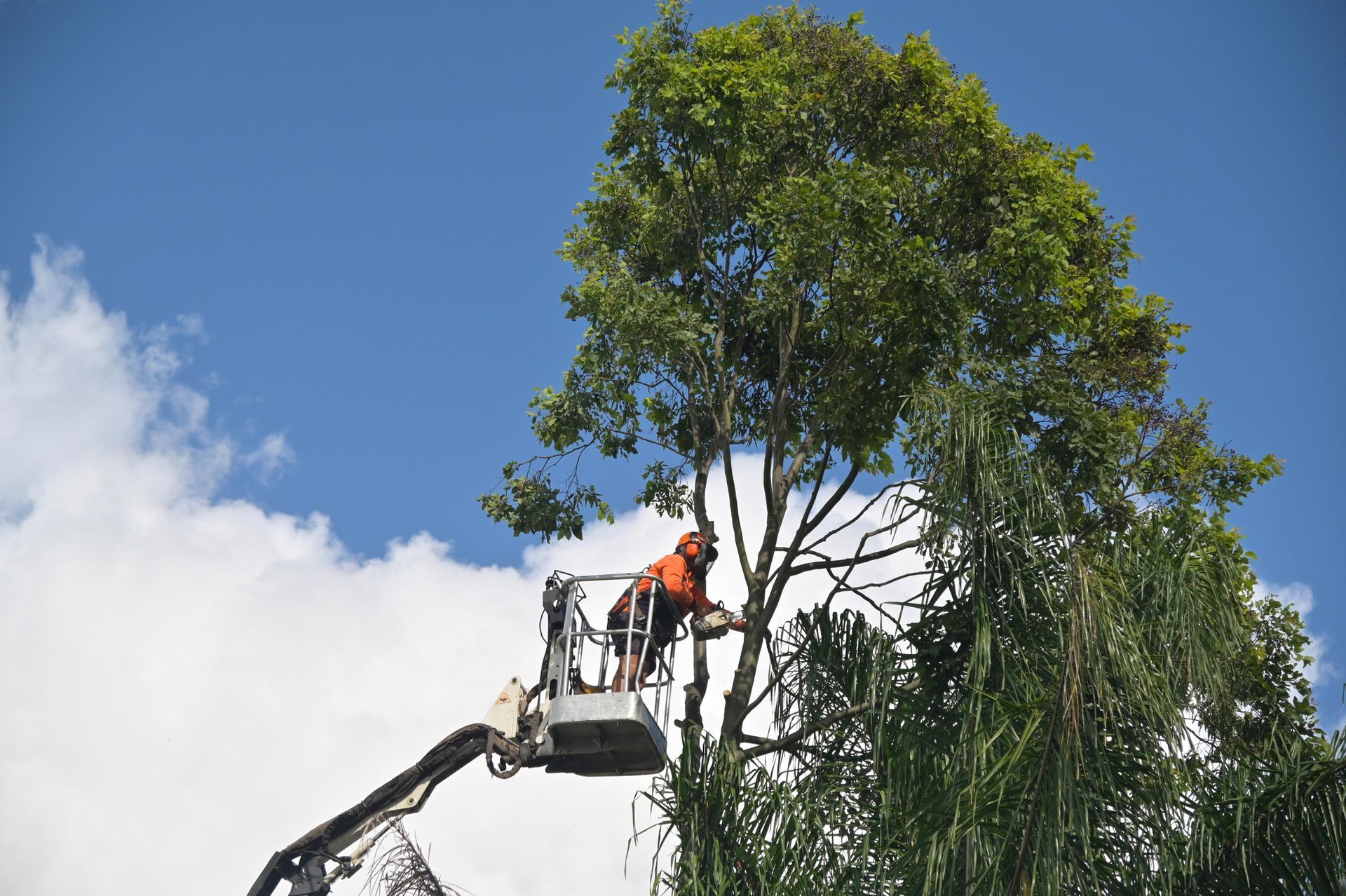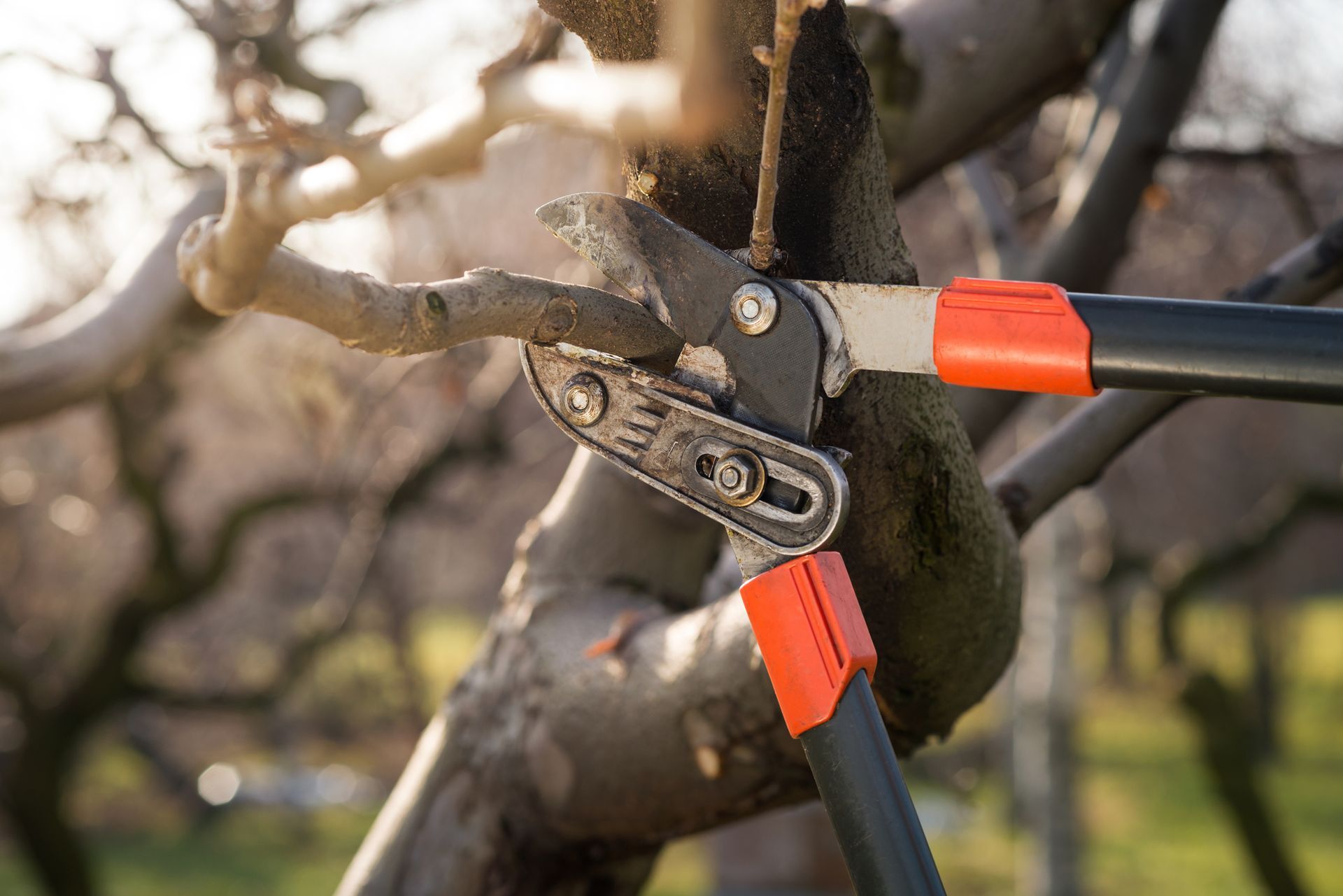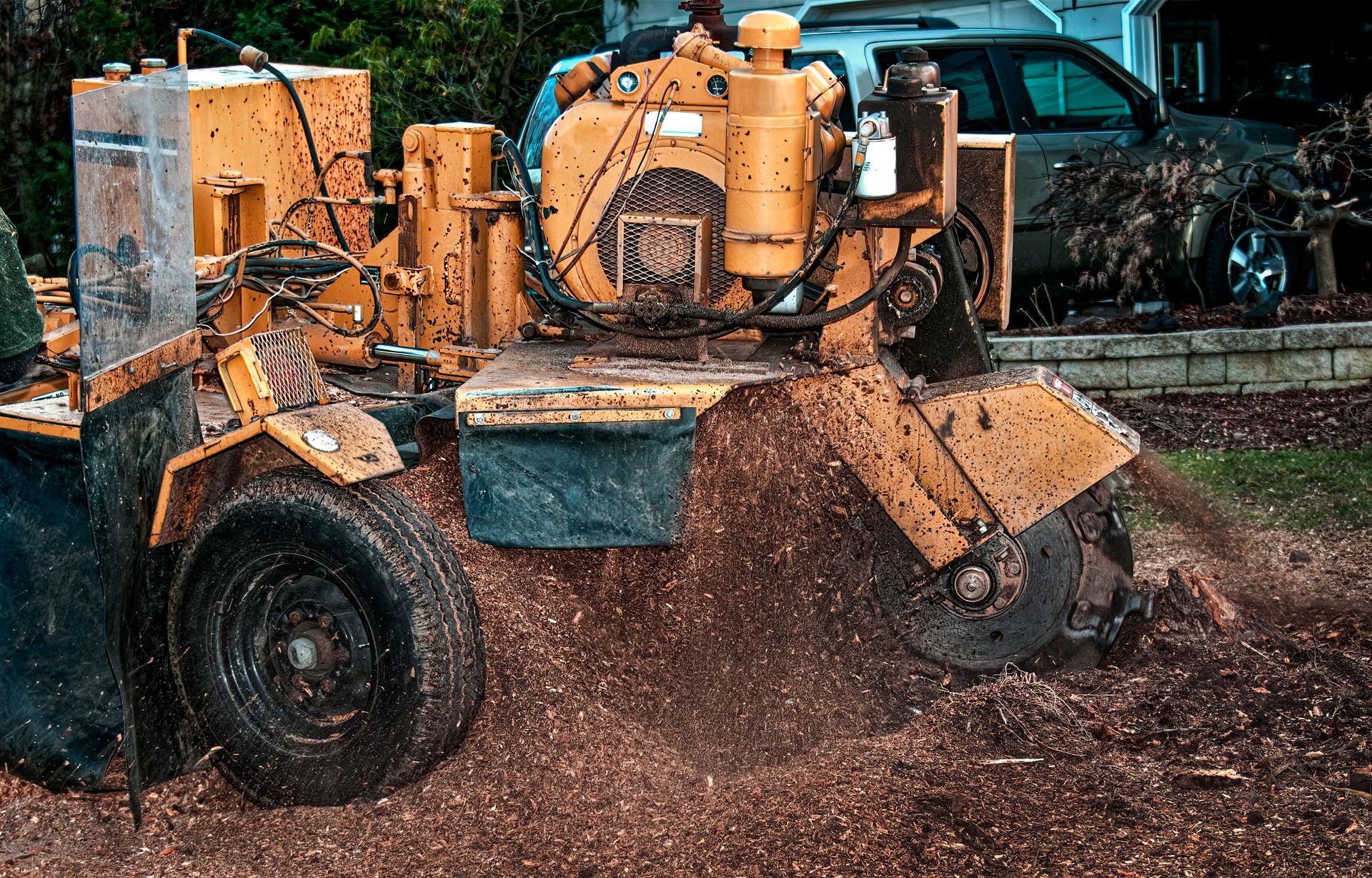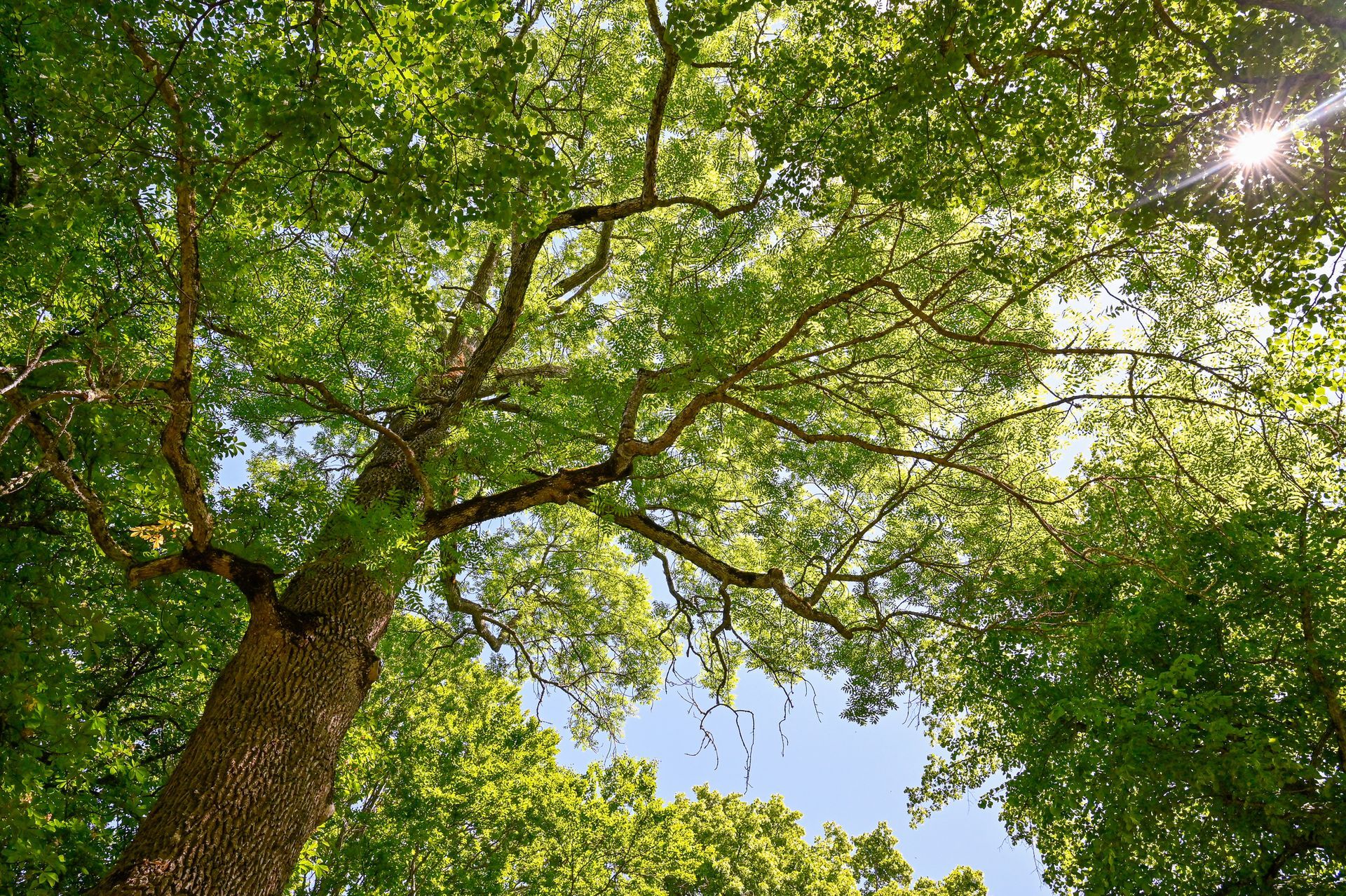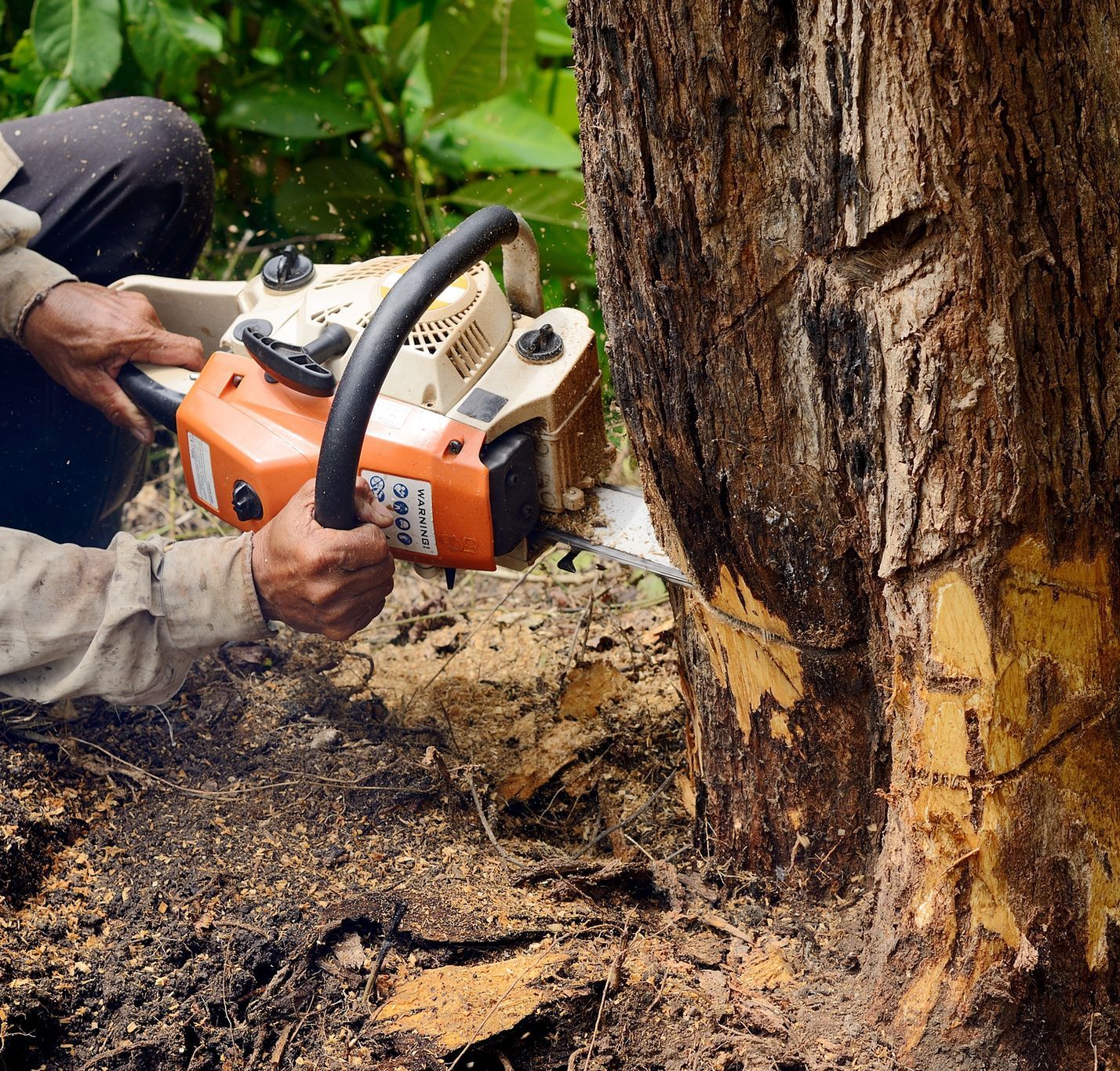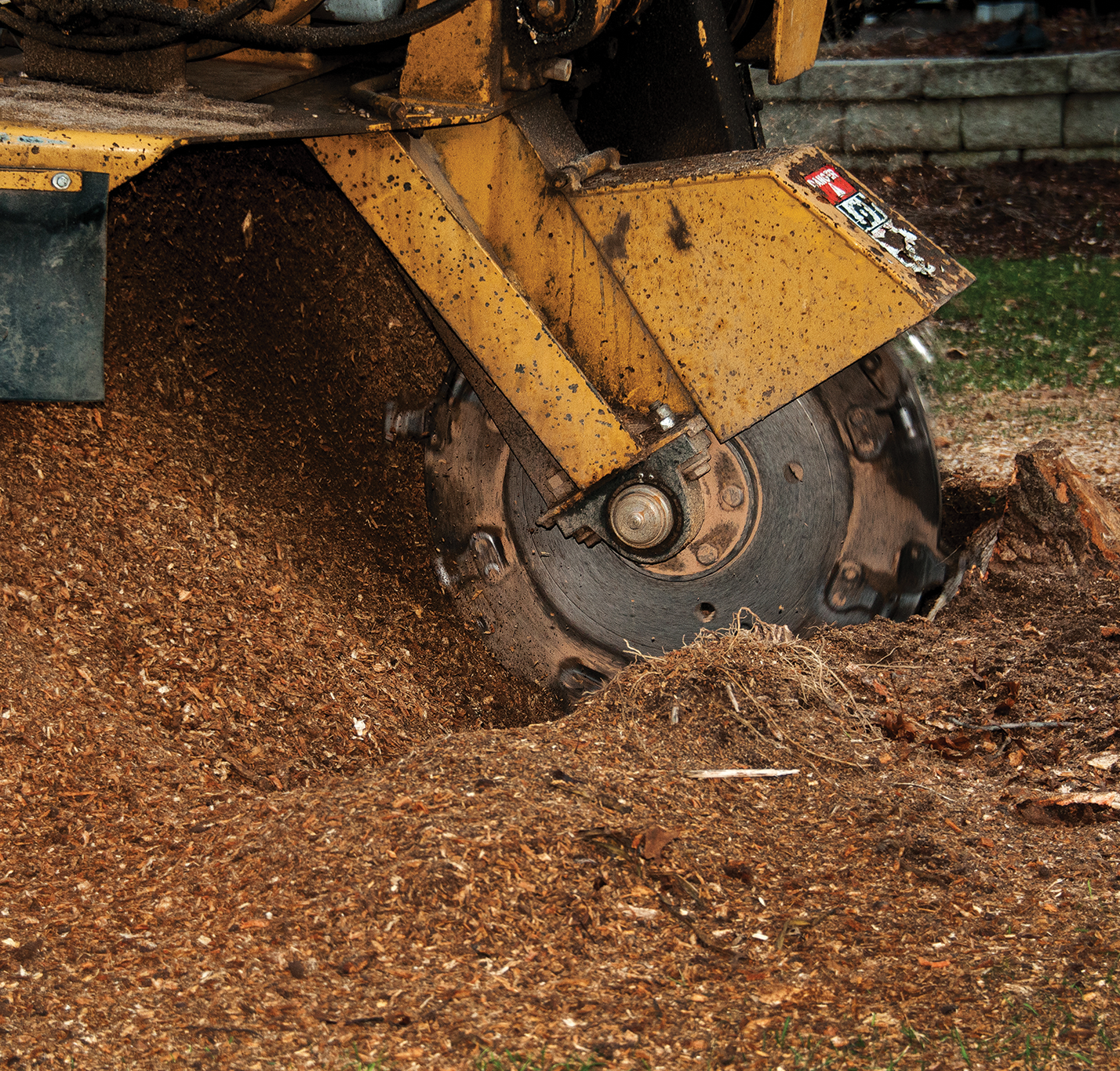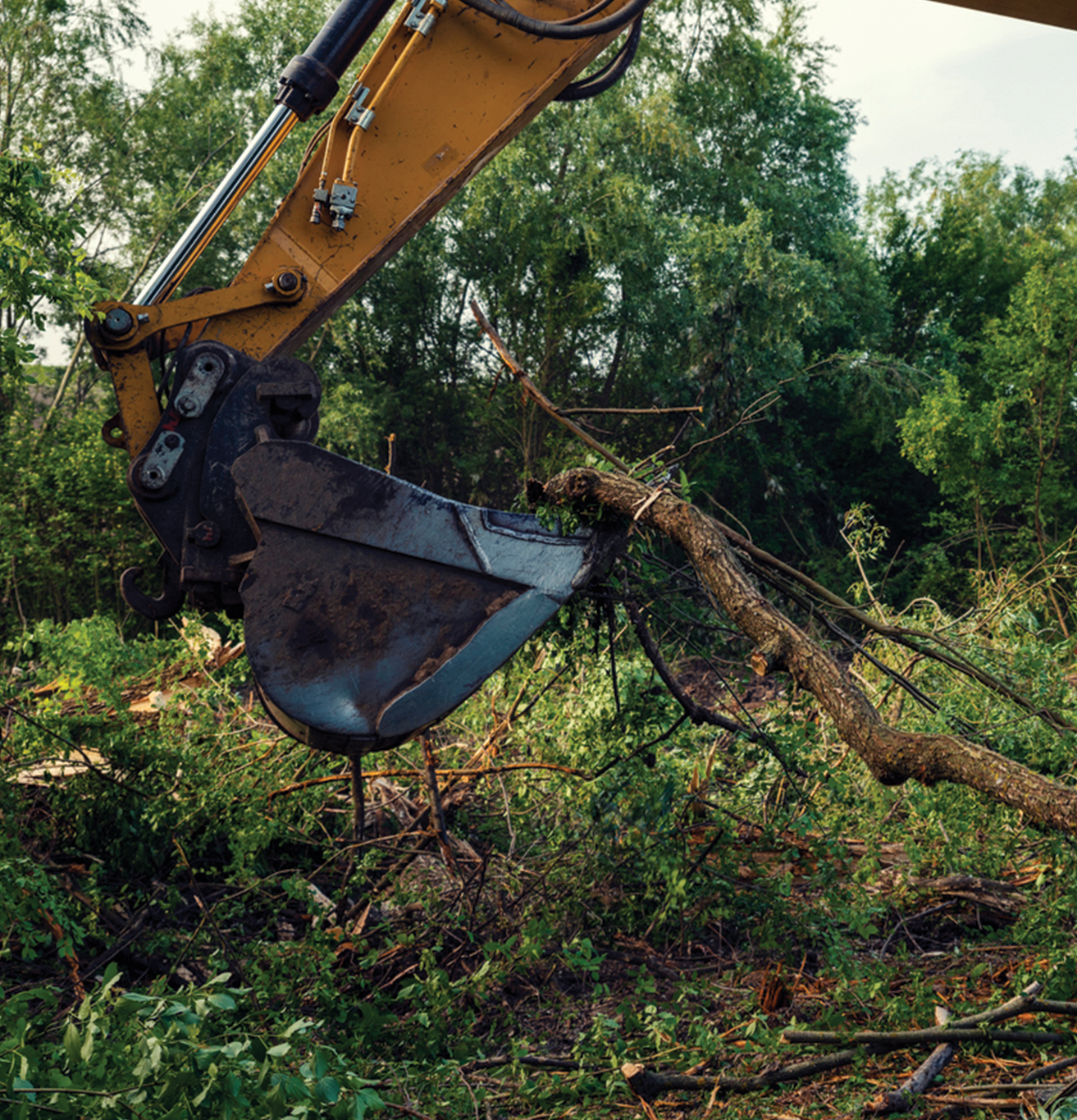How to Tell If a Tree Needs to Be Removed In Missouri
Serving: Columbia, MO, Jefferson City, MO & Columbia, MO
Signs to Watch for in Columbia, Fulton & Mid-Missouri
Sometimes it’s obvious. A tree is leaning dangerously or has clearly split. But in many cases, it’s more subtle—and waiting too long to take action can lead to serious property damage, safety hazards, or even insurance issues.
Here’s how to tell if a tree on your property might need to be removed—and what to do about it.
1. It’s Leaning — Especially Toward a Structure
Not all leaning trees are dangerous, but a sudden or severe lean, especially after a storm, is a red flag. If a tree is tilting toward your house, garage, fence, or power lines, it should be evaluated immediately.
2. The Trunk Is Cracked, Hollow, or Split
Vertical cracks, missing bark, or hollow sounds when tapped can indicate internal decay. Trees with structural failure like this are more likely to break during high winds or ice storms.
3. You See Dead or Falling Branches
Dead limbs in the upper canopy (also known as “widow-makers”) are a major sign that the tree is in decline. If these branches are overhanging driveways, roofs, or play areas, the risk is even greater.
4. Root Damage or Soil Movement
Look for heaving soil, exposed roots, or fungus growing near the base. Roots are the anchor system—and if they’re failing, the whole tree could go with them.
5. It’s Been Hit by Lightning or Storms
Trees that have taken direct storm damage may seem stable at first but can deteriorate rapidly over time. Cracks, splits, and internal decay may not be visible without a professional inspection.
6. It’s Crowding or Damaging Nearby Structures
Sometimes a tree doesn’t have to be unhealthy to be removed. If its roots are damaging foundations, sidewalks, or septic systems—or if it’s blocking sunlight or access—it may need to come down.
7. You’re Seeing Pests, Fungus, or Disease
Large infestations (borers, carpenter ants, or scale) or signs of fungal decay (like mushrooms growing on the bark or base) can weaken a tree from the inside out.
Not Sure? Get a Tree Risk Assessment
At Advanced Tree Solutions, we offer expert inspections for trees that look questionable—but aren’t clearly dangerous yet. We’ll let you know if your tree can be preserved, pruned, or needs to be safely removed.
Serving Columbia, Fulton, Jefferson City & Surrounding Areas
At Advanced Tree Solutions, we offer expert inspections for trees that look questionable—but aren’t clearly dangerous yet. We’ll let you know if your tree can be preserved, pruned, or needs to be safely removed.

